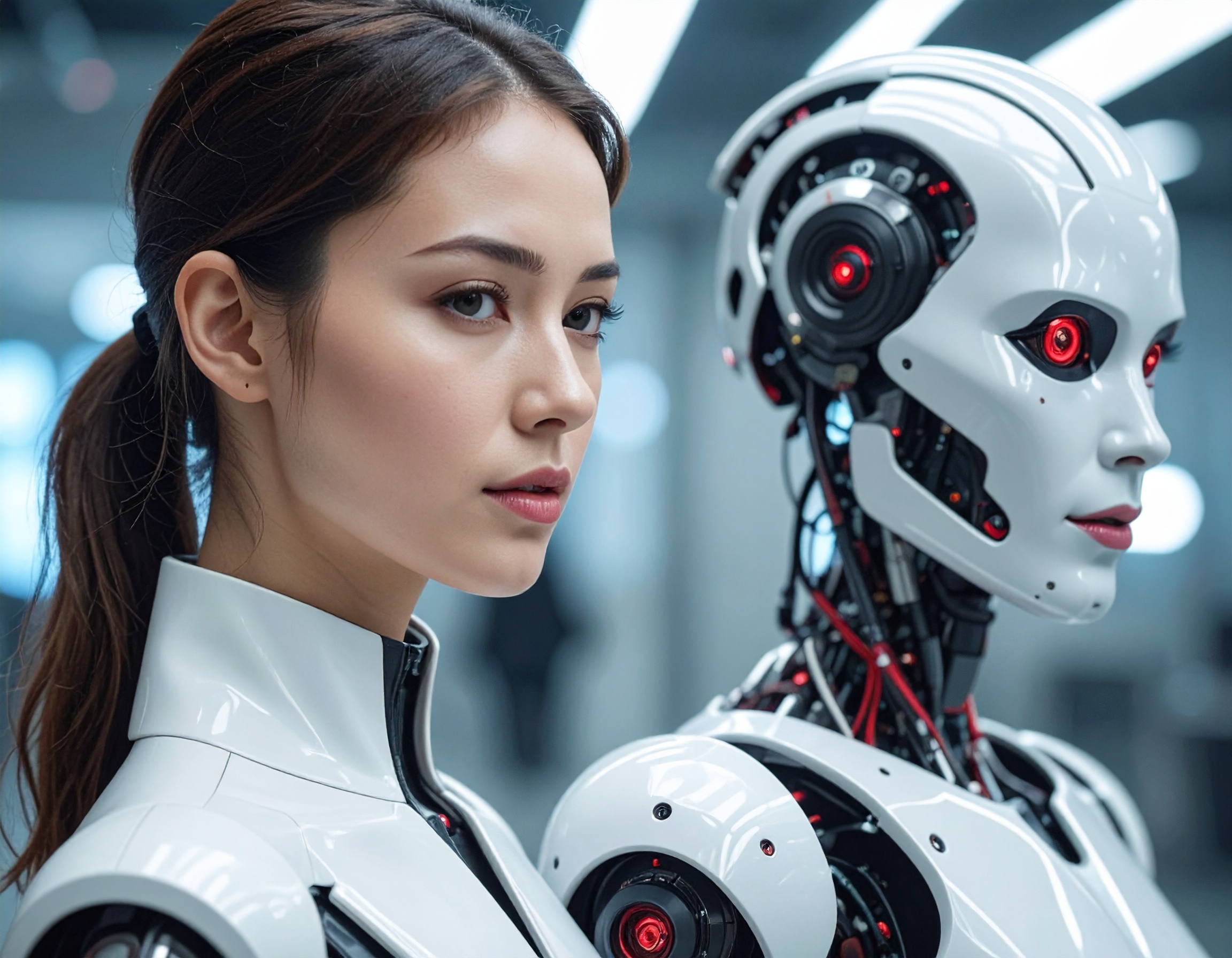Walking Robots Enter the Shipyard: Samsung Trials Diden AI Workers

In September 2025, Samsung Heavy Industries conducted welding and inspection trials using a walking robot developed by KAIST spinoff Diden Robotics, marking a notable push toward automation in shipbuilding. The robot, called Diden 30, is a quadrupedal machine that navigates steel surfaces using magnetic feet and autonomous motion, even traversing structural elements like stiffeners.
The successful tests took place on ship blocks under construction at Samsung’s shipyard, serving as proof of concept for deploying such systems in real industrial conditions.
From Lab to Dock: How It Works & Why It Matters
Diden Robotics – a startup launched in 2024 by alumni of KAIST’s Hu-bo Lab – built its robots with a “Physical AI” training pipeline: virtual environments hone behaviors (e.g. welding, navigation) via reinforcement learning, and then those behaviors are transferred to real-world hardware.
The company plans to expand beyond quadrupeds. Its next model, Diden Walker, a bipedal robot for tight shipyard spaces, is expected in prototype form by late 2025.
Diden is already collaborating with multiple shipbuilders—including HD Hyundai Samho, Hanwha Ocean, and HD Korea Shipbuilding & Offshore Engineering—to adapt its systems to varying yard layouts and tasks.

AI Employees & Non-Human Workers at Sea
This move is part of a broader shift in industrial sectors toward Non-Human Workers and AI Employee systems—robots that can autonomously perform labor-intensive tasks in hazardous or logistically difficult environments. In shipbuilding, welding, inspection, and painting are among the most dangerous and labor-short roles; automating them could reduce accidents and costs.
Moreover, tests at high scale validate that Voice AI Agents aren’t the only frontier of AI—in this case, the frontier is embodied robotics. These walking robots could complement or replace human crews in scaffolding-heavy environments, especially as the tech matures.
The fact that a major player like Samsung has greenlit field trials signals confidence in the maturity of AI-driven robotics. — The transition isn’t just experimental; it’s edging toward commercial deployment as early as 2026.
Why This Matters
- It demonstrates that walking robots can operate reliably on vertical and overhanging shipyard structures.
- It shows a pathway to alleviating labor shortages in the heavy-industry sector.
- It marks a turning point: advanced robotics is moving from labs to docks, not just controlled demo sites.
- It underlines how “AI Employee” systems will increasingly include embodied, autonomous machines, not just software agents.
Key Highlights:
- In September 2025, Samsung tested the Diden 30 walking robot for shipyard welding and inspection.
- The robot uses magnetic feet and autonomous navigation to traverse steel surfaces.
- Diden Robotics is also developing a bipedal model (Diden Walker) for tighter spaces.
- The company uses a “Physical AI” platform to train tasks in simulation before deployment.
- Collaborations with major shipbuilders are already underway, and commercial deployment is targeted for 2026.
Reference:


